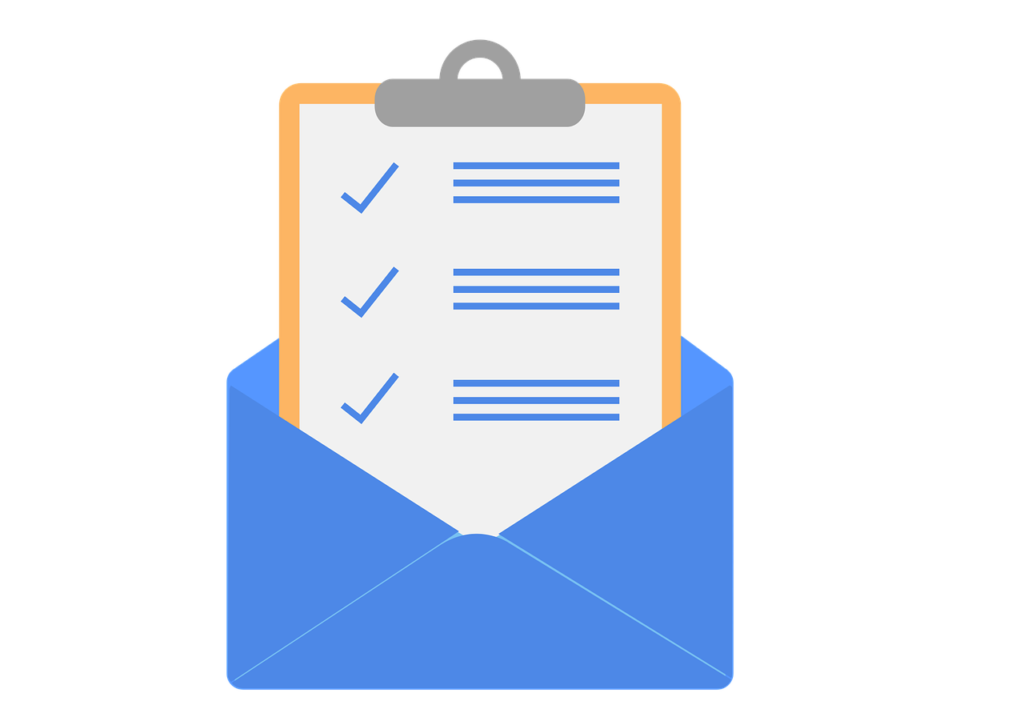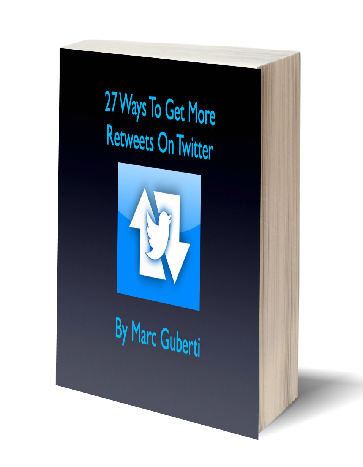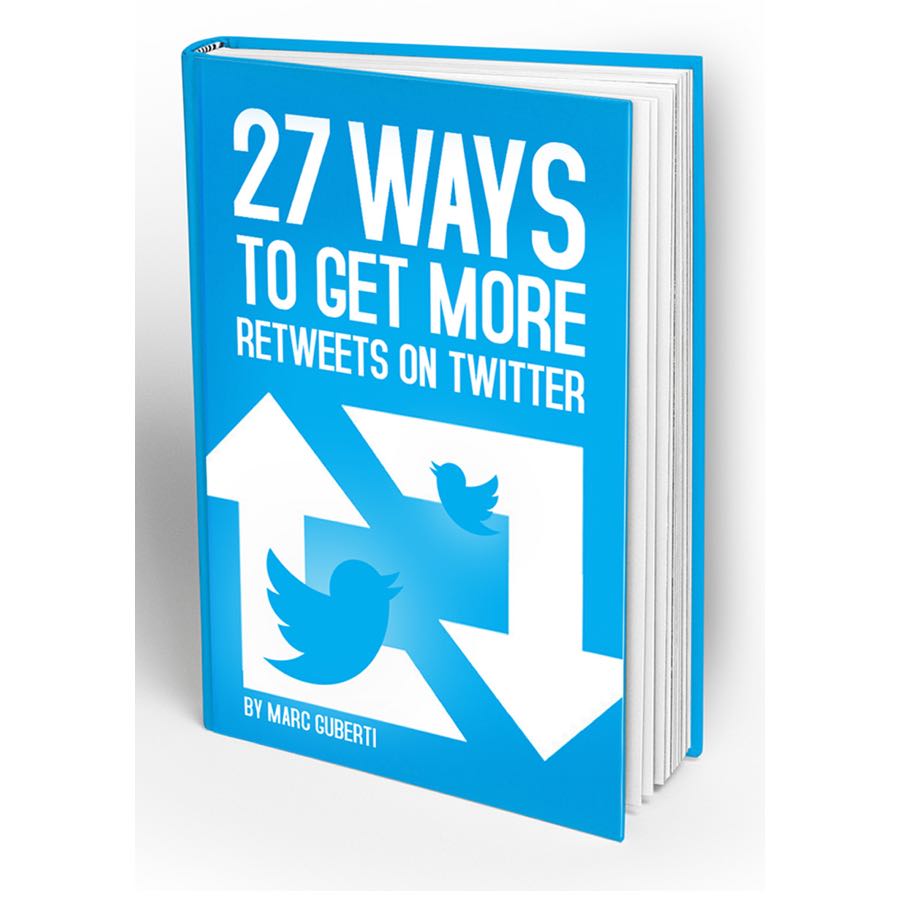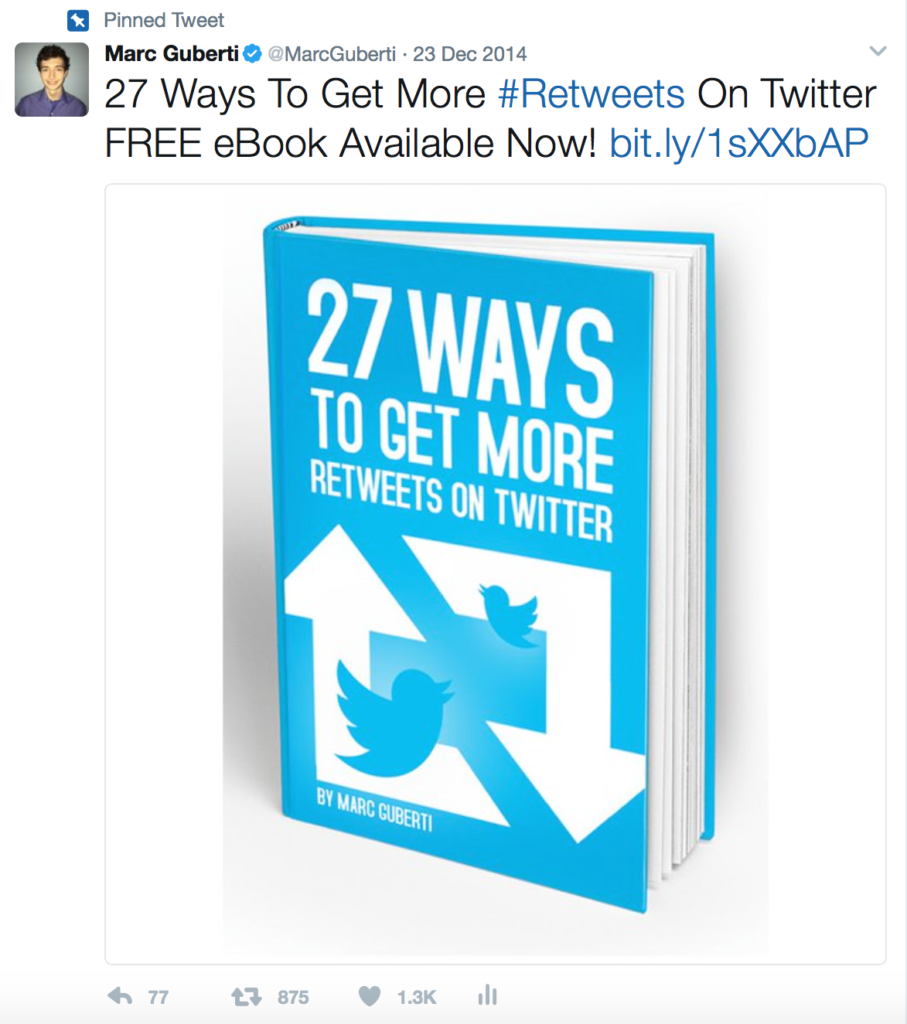Shopify is a site with great revenue potential in the ecommerce. For this episode, Dan Rusu and I discuss how people can get started with their very own Shopify stores. Dan is the owner of Lighting Shoes, an E-commerce site that uses Shopify.
Google AdWords has been the ignitor to Dan’s successful business. We discuss how he uses AdWords, some of the challenges he faced along the way, and how to buy and sell websites just as Dan bought Lighting Shoes and made some changes so he could make a profit.
Learn:
—How to use Google AdWords to get the right traffic to your site
—How to increase the conversion rate, click through rate, and traffic to your site
—Finding a quality distributor
—How to buy and sell websites the right way
Quotes from this episode
“‘…doing something you’re passionate about, or at least being in a niche or industry that you’re interested in, ‘cause otherwise a lot of things just turn into a grind”
“Most of the time you’re gonna have to grind something out”
Key Links from the Show:
Lighting Shoes – Dan’s Shop
3 Recommended Books:
7 Habits of Highly Effective People by Dr Stephen Covey
How To Win Friends And Influence People by Dale Carnegie
Prayer Can Change Your Life by William R. Parker

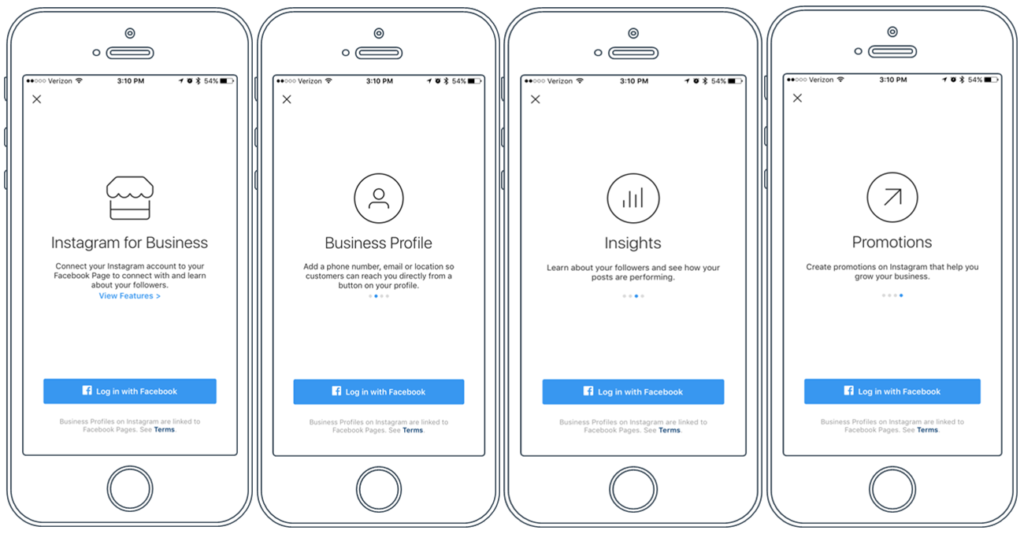

 Lale Byquist is a media communications student who runs
Lale Byquist is a media communications student who runs 